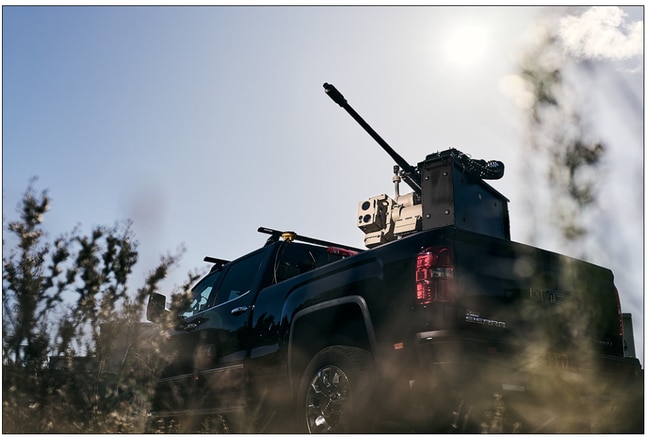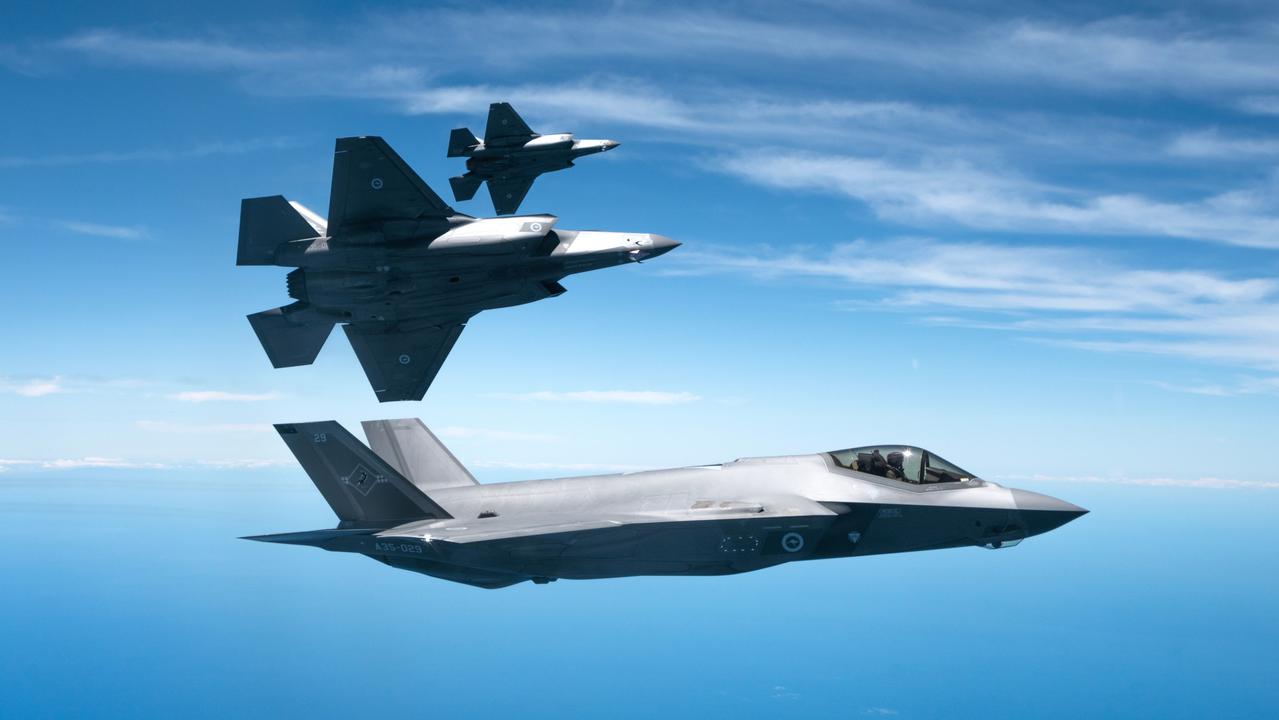Is Australia and its military forces prepared for drone warfare?
Australia has many companies with strong capabilities that address effective counter-drone solutions.

As Hamas completed final preparations for its assault against Israel, small drones approached the many watchtowers that encircle Gaza, placing or dropping explosives onto the remote-controlled weapon platforms that provide Israel’s first line of defence.
With these obstacles removed, Hamas fighters stormed the fortified locations in a co-ordinated ground assault aided by a barrage of rocket fire. As these assaults unfolded, larger and faster drones were used to attack Israeli ground forces, inflicting damage to even a mighty Merkava 4 tank.
This attack marked another chapter in the growing use of drones by unconventional forces to unhinge standard military capabilities. The use of drones is now a major feature in conflicts from Israel, Syria, Sudan, and Ukraine where drone operations can number in the thousands of events daily.
Recently, even the Sinaloa cartel has used drones to surveil and attack Mexican government forces. Drones and their sister technology of loitering munitions represent what a US Air Force general described as a “democratisation of air power” that favours the agile and innovative, challenging many conventional technological approaches to war.
Countering the threat from drones is no easy task. Threats range from the small, nimble, and cheap, to platforms that have been hardened against jamming carrying very large payloads and moving at speeds up to 300km/h.
Detecting and tracking drones at low altitudes among battlefield clutter and then safely defeating them is a challenge for conventional air defence capabilities optimised to defeat helicopters, low-flying aircraft or cruise missiles. This task is complicated by “cost asymmetry” where an air defence missile can cost up to 20 times more than a commercial drone or loitering munition valued at just a few thousand dollars.
Even the standard programmable anti-aircraft cannon shells cost more than $1500 per round and are fired at rates of 600-1000 rounds per minute. Opponents, like Russia, effectively exploit this asymmetry, stretching Western supply chains using Iranian supplied drones, challenging Ukraine to use their limited stocks of munitions or risk losing critical infrastructure.
If the drones get through, the impact is substantial, but if they don’t then they have consumed a resource that the West cannot resupply at the same rate. It’s a highly effective war of attrition.
Any effective counter-drone solution needs three basic elements: the ability to detect; the ability to understand, categorise and co-ordinate a response; and the ability to interdict. Australia has many companies with strong capabilities that address each of these elements.
Silentium Defence in South Australia has a portfolio of passive radars that can provide target detection without allowing an opponent to identify your position, and CEA Technologies in Canberra produces some of the best air defence radars in the world.
Acacia Systems has evolved its submarine combat system technology to produce a command-and-control capability that can co-ordinate many sensors and effectors simultaneously to defeat drone swarms, and companies such as DroneShield have developed globally competitive jamming solutions capable of safely defeating many types of commercial drones.
Electro Optic Systems has evolved its 30-year expertise in precision targeting and engagement to deliver a range of direct fire solutions that can defeat drones using directed energy lasers, cheap laser-guided rockets or even direct fire by chain guns and machine guns. These options all contribute to one overarching objective: to choose and conduct drone kill operations for less than the cost of the drone itself – rebalancing the asymmetric advantage in favour of the drone defender.
A number of these Australian solutions are now appearing in Ukraine and other theatres of conflict as crucial capabilities for Australia’s allies.
Today, drone warfare is a rapidly evolving element of modern warfare, not only a future threat. Every day new operational methods are being explored on battlefields, requiring the rapid development of counter-drone technology.
While the ADF is yet to fully commit to new counter-drone capabilities, Australian industry and research centres are already working hard to stay ahead of these developments and in many ways, we already play a leading role in this global battle.
For Australian industry to best support this national security need, a dialogue between government and industry on the threat of armed drones is needed, and together a comprehensive strategy developed.
-
Matt Jones is executive vice president for EOS Defence Systems.


